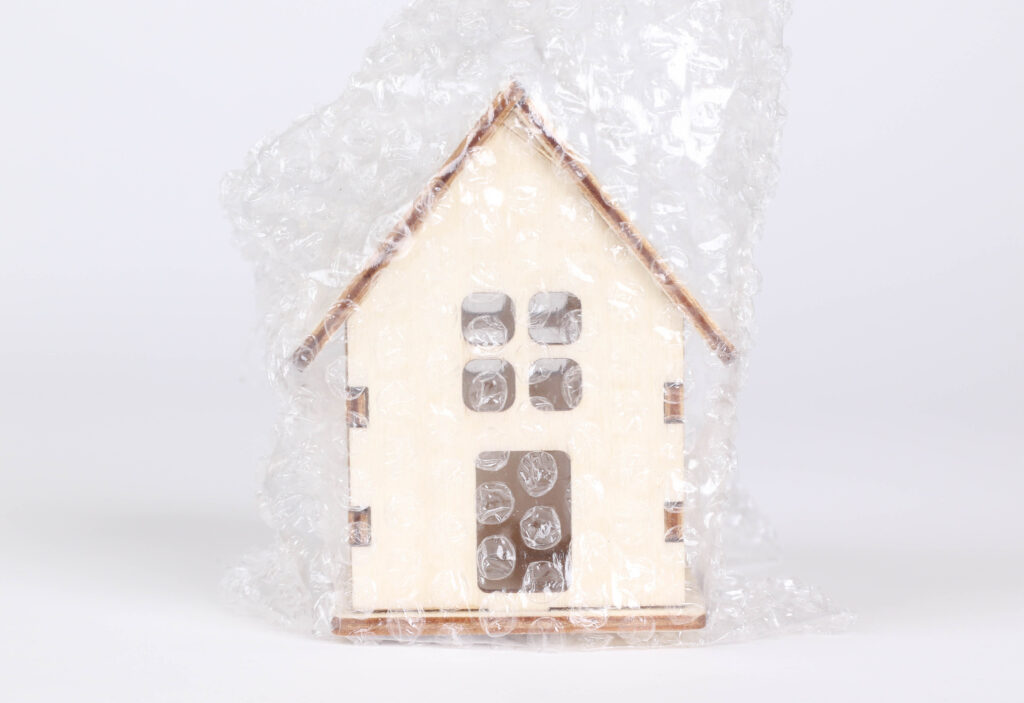Chloe Curtis
DPhil Medical Anthropology student, University of Oxford
Email: [email protected]
We spend about 90% of our time in closed indoor environments, the majority at home. While this figure may differ between countries, creating healthy indoor environments is of global concern. Since 2006, the England and Wales Building Regulations placed an increased demand for energy conservation and airtightness of buildings. With mounting extreme weather events due to climate change and pollution of our environment, providing a home that reduces energy consumption and protects occupants from the outdoor environment is of high priority.
Nevertheless, most illnesses related to environmental exposures stem from indoor air. Building materials, furnishings, and day-to-day activities all produce emissions that contribute to the quality of indoor air. At least 2 million deaths a year are attributed to the unvented burning of biomass for cooking in homes. Poor indoor air quality is also a main cause of ‘sick building syndrome’, which can include allergies, wheezing and airway infections. In Melbourne, Australia, the median level of emissions called VOCs (volatile organic compounds) across 40 dwellings was greater than those measured outdoors. In Beijing, rates of smoking and external pollution have decreased, and it is suggested that exposure to formaldehyde in remodelled dwellings could be the main cause of the 56% increase in lung cancer.

So, is the current focus on making buildings more airtight creating healthier homes, or is it actually entrapping us in ‘toxic boxes’?
A study of three preschools in Sweden found better indoor air quality in those constructed with environmentally friendly building materials compared to those using conventional materials. Similar findings are reported in the UAE, Japan, China and Finland. Two studies in Korea have found a reduction in the severity of atopic dermatitis when environmentally conscious materials are used, including lacquering made from tree sap, and environmentally friendly paint instead of conventional wallpaper. It is suggested that excessive renovation should be avoided and, where possible, alternative sustainable materials with lower emissions should be used.
Successful ventilation is also extremely important. In Sweden, it was found that 80% of 605 single-family houses did not fulfil the minimum ventilation rate requirement, which is suggested to have severely contributed to the prevalence of damp and the increased rate of asthma. Perhaps the most iconic building development associated with improving airtightness and energy efficiency is the Passivhaus, or Passive House. While they have an energy consumption that is extraordinarily low compared to conventional buildings, a study conducted in Scotland across five certified passive houses found that inefficient ventilation systems were found in 80%, contributing to overheating, with temperatures exceeding 30°C, and higher levels of indoor emissions.
Despite numerous studies evaluating current indoor air quality, conclusive evidence about its impact on human health is often speculative. Instead regulations of ‘sustainable design’ have focused primarily on resource conservation, energy evaluation, and carbon emissions rather than human health. A focus on indoor air quality is largely missing from the UK’s environmental rating, known as BREEAM, with its assessments for eco-houses only addressing 1 of 23 indoor air quality issues. A building can achieve the highest BREEAM rating without addressing any indoor air quality criteria. When indoor air quality is assessed, it is often done in a way that does not take into account ‘real life scenarios’; measurements are taken without occupants, when trickle ventilations are unblocked, and doors open. Emission labelling systems for building materials are also not always available. While there is increasing evidence to suggest some dangers of making buildings airtight, especially with an increase in unregulated materials and a lack of efficient ventilation systems, the current measures and research in place are not suitable to fully assess the consequences.
